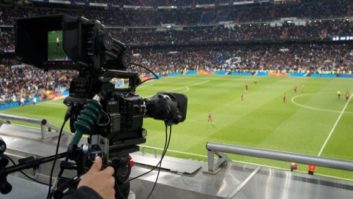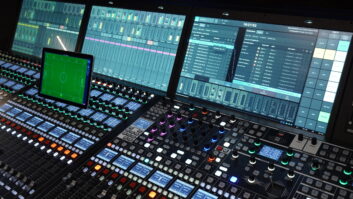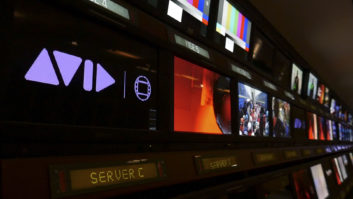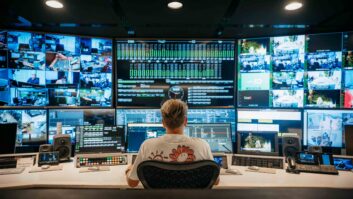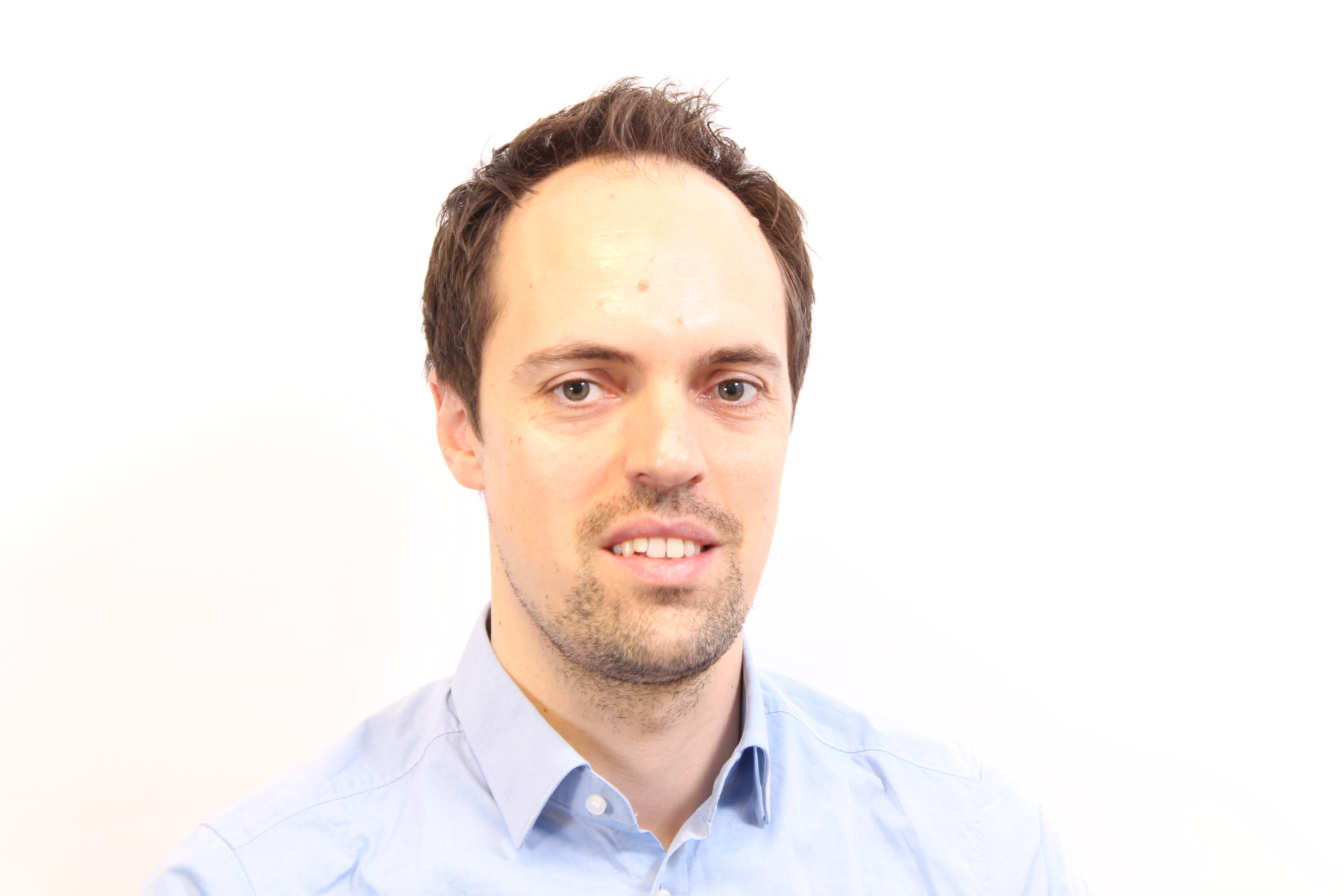
With exciting developments surrounding immersive and personalised audio, and the continuing implementation of remote production techniques, 2017 is shaping up to be a hugely eventful year for broadcast manufacturers in this area. David Davies caught up with three leading players to find out about their latest projects and predictions. Here, he hears from Christian Struck, senior product manager, audio production, Lawo:
Immersive audio with objects, but also OTT content, potentially binaural mixes, personalisation, etcetera, all they require additional work from sound engineers. From monitoring multiple output formats to defining metadata for objects, new tasks require the engineers’ attention and mostly mean extra workload.
Another topic that is key in the music mixing industry is to make sure your mix sounds good on different playback systems. Today, we normally find broadcast mixes in more places than we think. People listen to content on different distribution channels (broadcast, cable, network websites), but also as part of theatrical advertising or international outlets. If all of this needs the engineer’s attention during the mix, the care about the mix will suffer. This might not be all relevant for 2017, but it is [an indication as] to what’s coming.
In Lawo´s mind, it is therefore important to support engineers with additional mixing aids which will allow the engineer to manage all these additional tasks. There have been different developments in the past – such as automix or audio follow video – that automate certain parts of the mix and, thus, help the engineer.
More recently, with the introduction of KICK in late 2015, Lawo took a first step to use external tracking data for mixing purposes in sports such as football, rugby and American football. Considering that, especially in sports, highly accurate tracking systems are widely in use already, this is an excellent source of information that can help to improve and automate major parts of the mixing. KICK analyses and evaluates this tracking data for the automated positioning of the fader on the console, thereby achieving a consistent audio level without noticeable fades for seamless inclusion in a broadcast mix. The outcome is a mix that is fully repeatable from match to match and remains accurate even after 90 minutes of play.
KICK works as an essential support in that it relieves the operator with regard to basic mixing, and automisation creates extremely consistent audio levels and fades. This is an important prerequisite for use as full signal in object-based environments. Manually created close-ball mixes are always in danger of level inconsistencies or audible fades.
This may be completely unnoticed in a mix with crowd and commentator, but just imagine a viewer – by using personalisable audio – being able to lower the commentator channel and turn up the sound of the FX signals.
